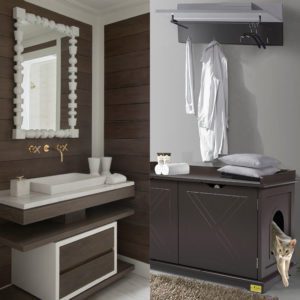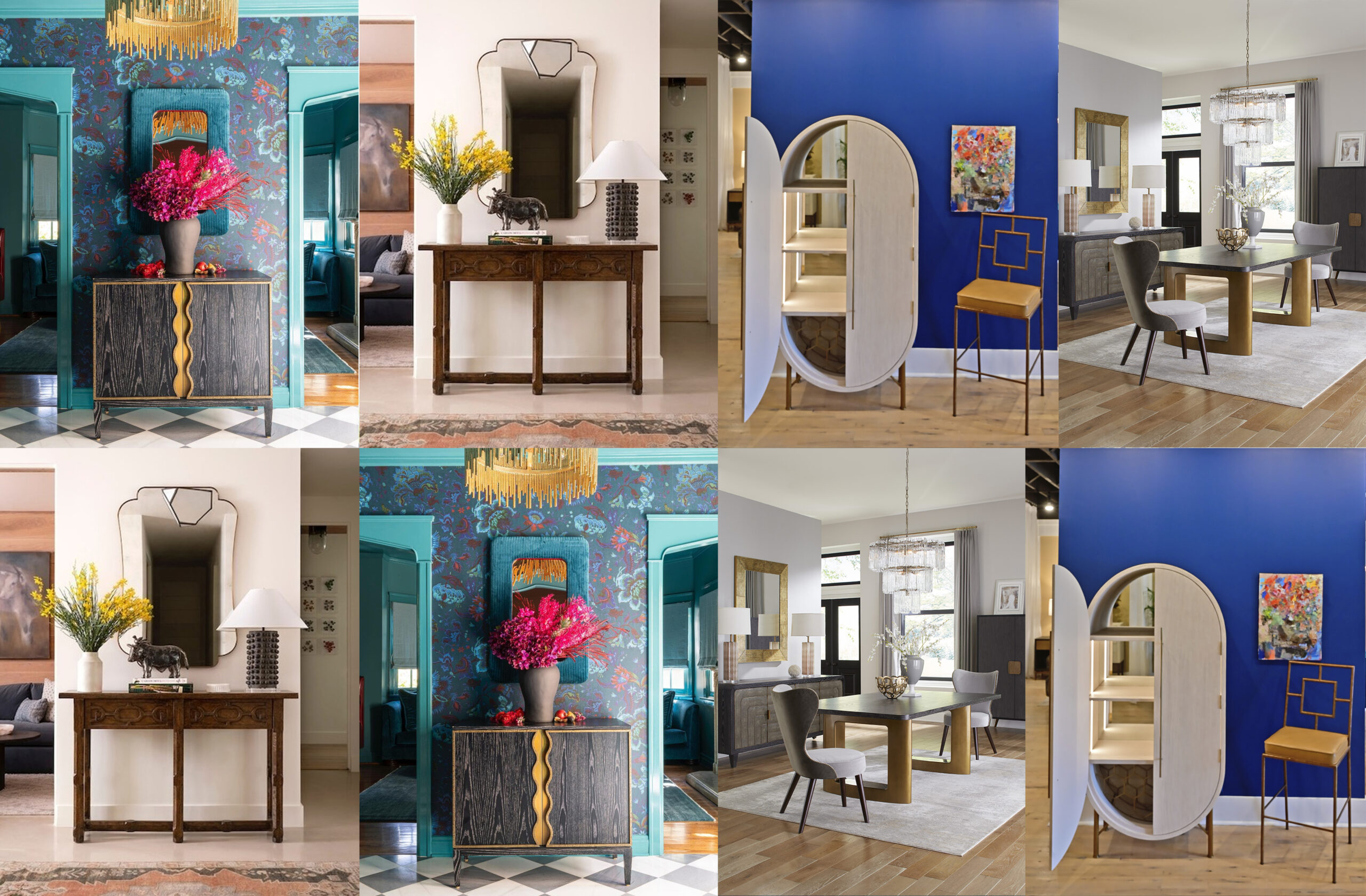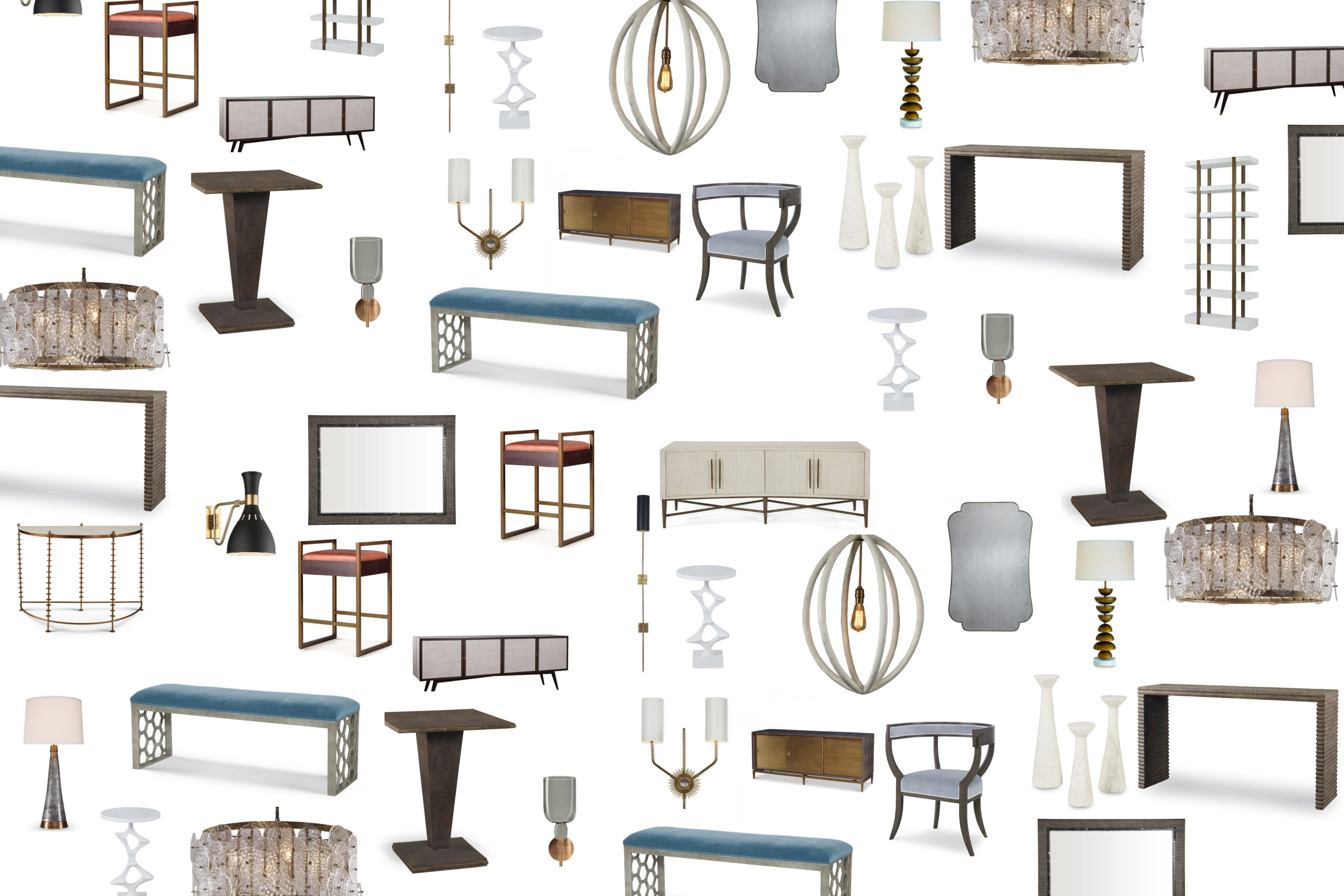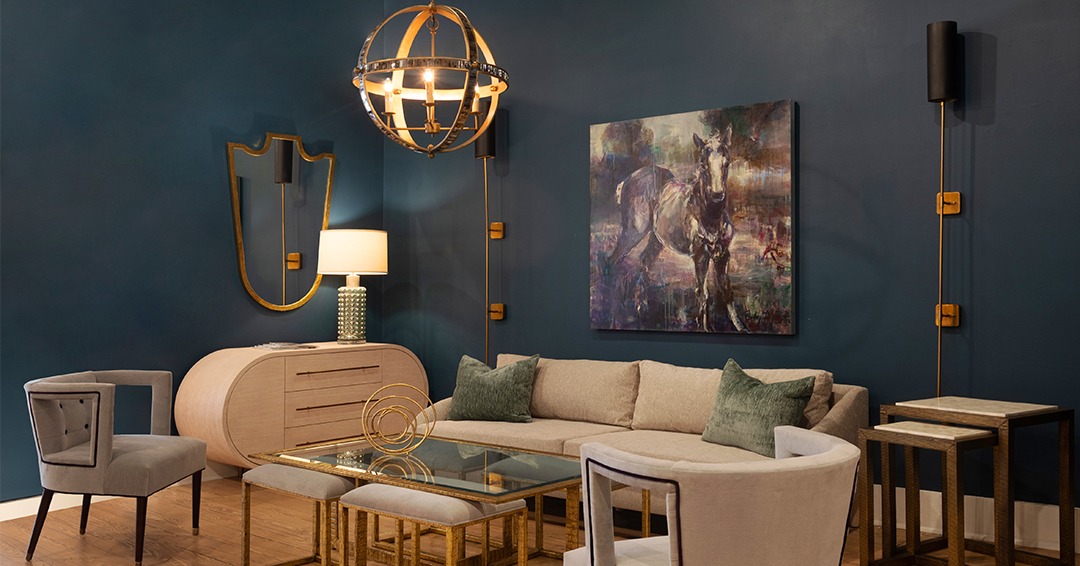According to the latest National Pet Owners Survey from the APPA, 70% of American households own at least one pet. The vast majority of those households own a dog and/or cat, and these furry family members probably spend time sharing a living space with their people.
In short, we all love our pets. And, many households will comfortably live alongside their four-legged best friends.
Though, when it comes to a home design for a household with pets, there are some specific and unique challenges that interior designers face. How do you incorporate luxury furniture and a pet’s needs into a masterful design that lasts? Keep reading to get insight into:
- Qualities of pet-friendly furniture
- Best fabrics & materials for pet households
- 5 styling tips for designing with pets
- Special considerations for pet-friendly designs
- Pet products that pair with Mr. Brown London
- Commonly asked questions about pet-friendly furniture
Pet-Friendly Furniture Qualities to Look For
When selecting a piece of furniture for homes with pets, it’s best to look for certain underlying qualities. For example, are the cushions of a couch removable? With certain pets, like dogs, this could be very important as it makes it easier to clean the cushion. A deep dying process may also be important due to the general wear and tear that can come from a large breed dog playing and shifting on furniture.
The Darlington Sofa is a great example of a pet-friendly couch. The cushions are removable, making for easier maintenance for homeowners.
Additionally, tighter weaves, particularly with cats who don’t take well to nail caps, are invaluable in preventing snags. Something as simple as a loose piece of string can lead to damage to the couch and injury to the family feline.
Pet-Friendly Furniture Fabrics & Materials
Selecting the right fabric and materials for a household with pets is the key to ensuring that the furniture will last when holding up against rambunctious pets (and often the children that accompany them). We use some upholstery fabrics that are ideal for this—keep an eye out for high-performance fabrics in product descriptions—but we’re happy to customize a furniture piece with your choice of fabric as well. Here are our fabric and material suggestions for pet homes.
Love our fabrics?
Request specific fabric and finish samples for free. Or, contact us to order a complete set. Provide clients with a hands-on experience and curate with confidence that our furniture will hold up for pet parents.
Consider Velvet for Durability
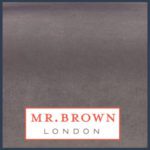
For most shoppers, the elegance of luxury furniture and durability of functional items don’t seem to go together. In some situations this is true—not all fur
niture is made to withstand the day-to-day. Mr. Brown London’s selections can all be customized for durability in a pet home, and that’s especially true for our velvet furniture.
Velvet has the luxury look, and the absence of a loose fabric weave that can lead to a pet claw fiasco. The two downsides with velvet are obvious: it attracts pet hair very easily, and cleaning up spills is a delicate process. This may be a time investment that some pet owners would prefer not to make.
Our velvet suggestion: The Beatrix Bar Stool
Choose Leather for Easy Cleanup
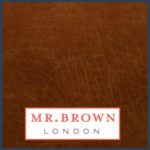 Leather is another luxury upholstery fabric that may not be the first to come to mind when considering pet-friendly furniture options. But, assuming that a pet doesn’t have an affinity for the luxurious feel of leather, it’s a great choice for durability and easy clean-up.
Leather is another luxury upholstery fabric that may not be the first to come to mind when considering pet-friendly furniture options. But, assuming that a pet doesn’t have an affinity for the luxurious feel of leather, it’s a great choice for durability and easy clean-up.
When curating a design for homeowners with pets and a leather sofa as a must-have addition, we recommend encouraging clients to first purchase an inexpensive, faux leather piece as a test. If pets show no interest in damaging the less expensive piece, then it’s likely a safe design choice. Clients will be able to enjoy the piece for years to come.
Incorporate Microfiber for Pet-Proof Seating
 All around, microfiber is a great choice for pet-friendly furniture. Oftentimes, upholstery isn’t considered luxury because it’s made of polyester, and it’s quite inexpensive. For pet owners though, priorities are different as a balance between practicality and quality need to be maintained.
All around, microfiber is a great choice for pet-friendly furniture. Oftentimes, upholstery isn’t considered luxury because it’s made of polyester, and it’s quite inexpensive. For pet owners though, priorities are different as a balance between practicality and quality need to be maintained.
Using microfiber with a luxury furniture piece is a good way to achieve the elevated look, but with a fabric that’s durable enough to resist rips, easy to be cleaned, and reasonably inexpensive to replace.
Browse the Best Woods for Dog-Friendly Furniture
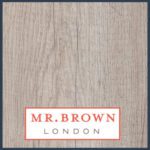 Homeowners with hardwood floors are likely hyper-aware of the damage that excited puppy paws can do. Soft woods like black walnut can scar easily, for example, and the same applies to woods used in furniture. While this likely isn’t a problem for pet-free households, for those who need furniture that can withstand the thumps, bumps, and scratches associated with pets, selecting the right wood furniture is imperative.
Homeowners with hardwood floors are likely hyper-aware of the damage that excited puppy paws can do. Soft woods like black walnut can scar easily, for example, and the same applies to woods used in furniture. While this likely isn’t a problem for pet-free households, for those who need furniture that can withstand the thumps, bumps, and scratches associated with pets, selecting the right wood furniture is imperative.
For dog-friendly furniture, woods like oak and maple are excellent choices. They are durable and don’t scratch easily compared to some other options. For those with cats, these harder woods are also able to resist claws better than other options, but we would still encourage customizing pieces for additional protection.
Our oak suggestion: Wolfgang Coffee Table
5 Styling Tips to Embrace with Pets
For clients who are pet owners yet have an eye for style, there are certain trends we recommend over others. It’s simply a matter of care and practicality—a bright pink fabric will show every stain and strand of hair; whereas a mute, darker color may not. And certain furniture items, while a unique addition to a design, may not make for easy tidying up.
1. Say Yes to Darker Colors
While this depends heavily on the type of pet and their coat color, we recommend neutral, darker colors—or lighter ones for lighter coats—over brighter choices. Pastels are quite nice, but the family’s black labrador will inadvertently shed all over it. Consider the colors found in organic modernism for designs that are especially sensitive to neutral colors.
2. Avoid Lower Furniture
Couches and chairs with a lower profile can be very nice, particularly for aging pets with mobility issues (we’ll talk about that later), but it also creates a lower clearance for cleaning equipment like a broom, mop, or vacuum. We recommend avoiding furniture with a lower stature or, if it is unavoidable, selecting pieces that feature peg legs so that cleanup is simple. If possible, we’d also suggest adding felt furniture sliders to the bottom of your pieces to make moving them easier.
3. Do Your Research
We provide care guides for our velvet upholstery, as well as marble and outdoor items so that clients have the resources to care for their furniture after your design is finished. Your relationship with your clients is important to us, and providing care instructions is one small way to ensure that the relationship continues to prosper.
4. Stay Fur-Free
Pet owners should keep both lint rollers and a handheld vacuum cleaner available to quickly remove hair from furniture. While it may not show up as much with certain color choices, it is still important to remove hair once it has accumulated.
5. Have a Professional on Standby
Keep a refinishing professional in your contacts for reference. Before concluding your project, provide clients with a professional you trust to reupholster or repair wood furniture in case it’s damaged by pets so that clients don’t risk taking their furniture to someone who isn’t qualified.
Special Considerations in Pet-Friendly Designs
Aside from pet fish, most pet owners have to make adjustments to their home décor to accommodate their pet. In some cases, these adjustments may be atypical either because of breed, species, or an individual animal’s specific needs. Here are some examples.
Rabbit-Proofing a Room
Most advice on pet-friendly furniture centers around dogs and cats, but rabbits are a popular choice as well. From a design standpoint, rabbits have a very different set of needs compared to other pets. Here are a few things to consider when a homeowner has a pet rabbit:
Some rabbits like to chew on corners and edges. This often includes walls, but also couches and casegoods. Because of this, it’s a good idea to utilize Custom House for customizations that might safeguard against this with decorative metal plating.
Like with cats, either avoid wicker or use deterrents. Rabbits have a physical and psychological need to chew things, and wicker is an ideal texture for that. Either avoid wicker and rattan materials in your design, or encourage clients to purchase or blend their own repellant.
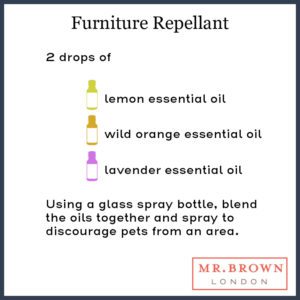 Most clients will need to block off areas of their home. With rabbits, it’s often necessary to portion off parts of the home to keep rabbits away from unsafe household items, or that might be expensive to replace. When designing a room, keep this in mind and either recommend products that work with your design, or create a design that still flows with added barriers.
Most clients will need to block off areas of their home. With rabbits, it’s often necessary to portion off parts of the home to keep rabbits away from unsafe household items, or that might be expensive to replace. When designing a room, keep this in mind and either recommend products that work with your design, or create a design that still flows with added barriers.
Special Needs for Dogs & Cats
For pets that have medical concerns, such as blindness or conditions that impact balance and coordination, certain furniture pieces may need to be avoided in favor of others. For dogs that have ataxia, for example, it may be prudent to block off parts of the home and avoid furniture with sharper, hard edges.
One of the most common examples of special needs in pets, however, has to do with their stature and if they have joint issues. Smaller pets, like a dachshund or the munchkin cat, may have a hard time jumping up on higher furniture. For older pets, the cause might be osteoarthritis. Regardless of why steps are needed, many pet parents invest in stairs for their pets to join them on beds and couches.
Furniture design or additional items aside, it’s important to consider the needs of a family pet in your design.
Pet Products that Pair Nicely with Luxury Furniture
Luxury furniture and pet furniture can thrive in the same design. Some homeowners even choose to give their pets their own luxury sofas and beds, ensuring everyone gets to enjoy cozy seating.
Here are some ideas to pair our luxury furniture with pet must-haves, regardless of the pet or if it’s an upscale New York apartment or a sprawling Austin luxury homestead.
The Mercer Bookcase and HillCoWoodworks’ Modern Custom Gate
Image courtesy of HillCoWoodworks’ Etsy shop.
This gate by HillCoWoodworks is ideal for pets and children alike. It’s stylish and blends in with most modern home décor. It has both finished and unfinished options, as well as different hinge choices to ensure that it blends in with your other pieces. We feel that it would pair nicely with many of our casegoods, but the clean, sophisticated style of the gate fits well with the fresh, airy feel of our Mercer Bookcase.
The Hartley Bed and Gen7Pets Pet Stairs
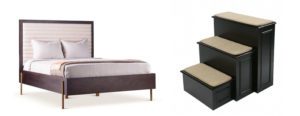
Image courtesy of Petco.
Available at Petco, these pet steps come in different finishes and feature carpeted steps making it easier to avoid scratches. And, a bonus compared to some other options, they are washable as well. We think the darker, espresso finish seen here pairs perfectly with the Hartley Bed for pets that need the extra help and want to sleep with their people.
The St. Tropez Mirror and Coziwow’s Jaxpety Furniture Washroom for Cats
Image courtesy of Petco.
Also available at Petco, these pet steps come in different finishes and feature carpeted steps making it easier to avoid scratches. And, a bonus compared to some other options, they are washable as well. The darker, espresso finish seen here pairs perfectly with the Hartley Bed, too.
With smaller spaces in particular, sometimes cat owners have to share bathroom space with their feline companions—much to the cat’s chagrin. We love how this luxury litter box is well disguised as a storage bench with easy access for the cat as well as its caretaker. For bathrooms that can accommodate everyone’s needs, we think a luxury mirror is a nice way to distract from the multi-purpose bench. In the case of this design by Gara Morse, this piece of cat furniture would have blended in well with the rich and contrasting colors.
With an overwhelming number of Americans sharing their home with a furry companion, it’s important to create designs that can withstand the wear and tear of cats, dogs, rabbits, or any other companion a family might choose. Your design should be enjoyed for years to come—it shouldn’t disappoint after a few months due to furniture that simply couldn’t measure up.
Frequently Asked Questions
Here are the questions we see often about how pets and luxury furniture go together in interior design.
What type of furniture is best with pets?
While it really depends on the individual pet and the species, for the most part, genuine leather tends to be a good choice because it’s easy to clean and durable against claws.
What fabrics are dog friendly?
Leather upholstery notwithstanding, synthetic materials are often preferred because it’s less expensive to replace, many synthetic materials are reasonably durable, and there are tight weave varieties available.
What couch material do cats not scratch?
For the most part, cats tend to leave leather alone. It’s best to test this out with inexpensive faux leather first, but usually, cats leave leather couches alone because the texture isn’t as satisfying as wicker, for example.
What kind of material does not attract pet hair?
Typically softer fabrics, like silk or satin, repel pet hair really well. However, they are also significantly more vulnerable to snags and damage, making them ideal for areas that have little to no contact with pets. Leather is a good alternative for upholstery that doesn’t attract hair and is durable enough for pets.
Do cats scratch velvet furniture?
The lack of a rougher, raised weave with velvet often makes it a less appealing fabric for cats to maintain their nails on. Additionally, the tighter weave makes it more resistant to damage if they do.
Can you have a velvet sofa with dogs?
Yes, you can. Velvet is considered a high-performance fabric because it can withstand claws and general wear and tear with pets. Keep in mind, however, that it does attract fur easily, so keeping a lint roller on hand and regular vacuuming will be necessary.

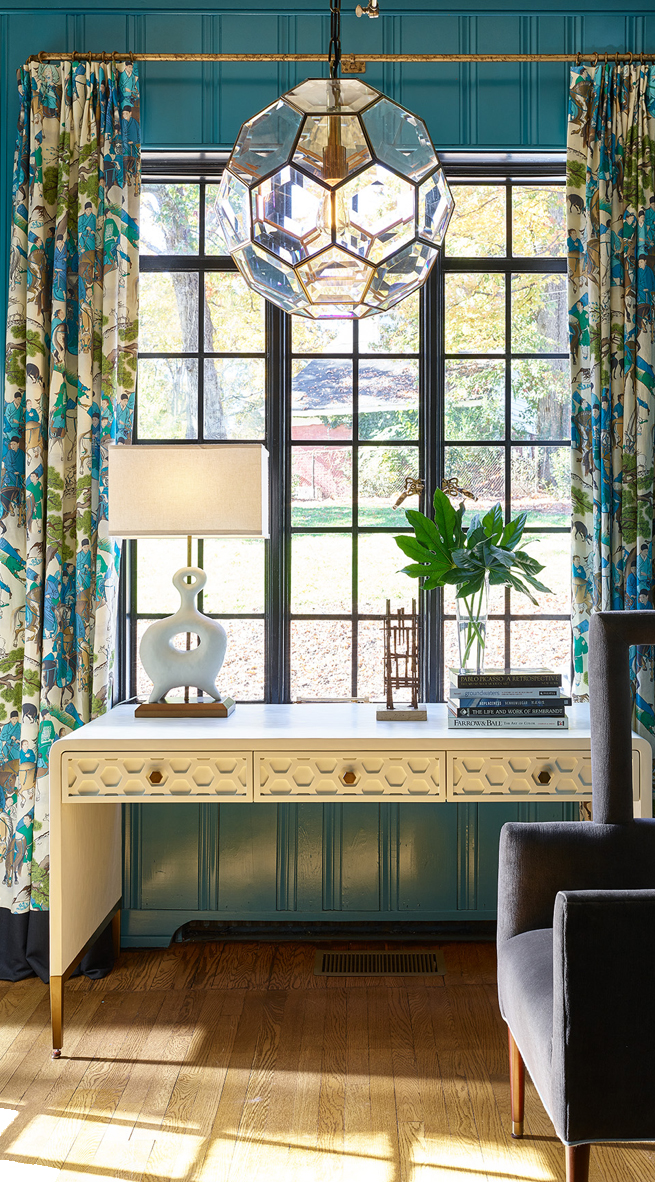
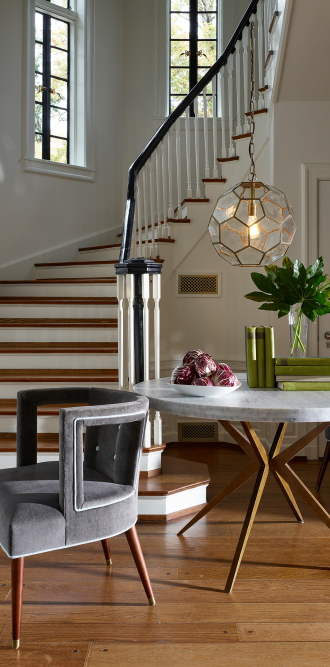
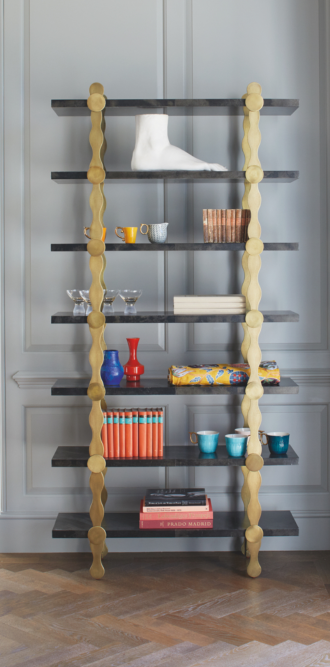

 Leather is another luxury upholstery fabric that may not be the first to come to mind when considering pet-friendly furniture options. But, assuming that a pet doesn’t have an affinity for the luxurious feel of leather, it’s a great choice for durability and easy clean-up.
Leather is another luxury upholstery fabric that may not be the first to come to mind when considering pet-friendly furniture options. But, assuming that a pet doesn’t have an affinity for the luxurious feel of leather, it’s a great choice for durability and easy clean-up. All around, microfiber is a great choice for pet-friendly furniture. Oftentimes, upholstery isn’t considered luxury because it’s made of polyester, and it’s quite inexpensive. For pet owners though, priorities are different as a balance between practicality and quality need to be maintained.
All around, microfiber is a great choice for pet-friendly furniture. Oftentimes, upholstery isn’t considered luxury because it’s made of polyester, and it’s quite inexpensive. For pet owners though, priorities are different as a balance between practicality and quality need to be maintained. Homeowners with hardwood floors are likely hyper-aware of the damage that excited puppy paws can do.
Homeowners with hardwood floors are likely hyper-aware of the damage that excited puppy paws can do. Most clients will need to block off areas of their home. With rabbits, it’s often necessary to portion off parts of the home to keep rabbits away from unsafe household items, or that might be expensive to replace. When designing a room, keep this in mind and either recommend products that work with your design, or create a design that still flows with added barriers.
Most clients will need to block off areas of their home. With rabbits, it’s often necessary to portion off parts of the home to keep rabbits away from unsafe household items, or that might be expensive to replace. When designing a room, keep this in mind and either recommend products that work with your design, or create a design that still flows with added barriers.

